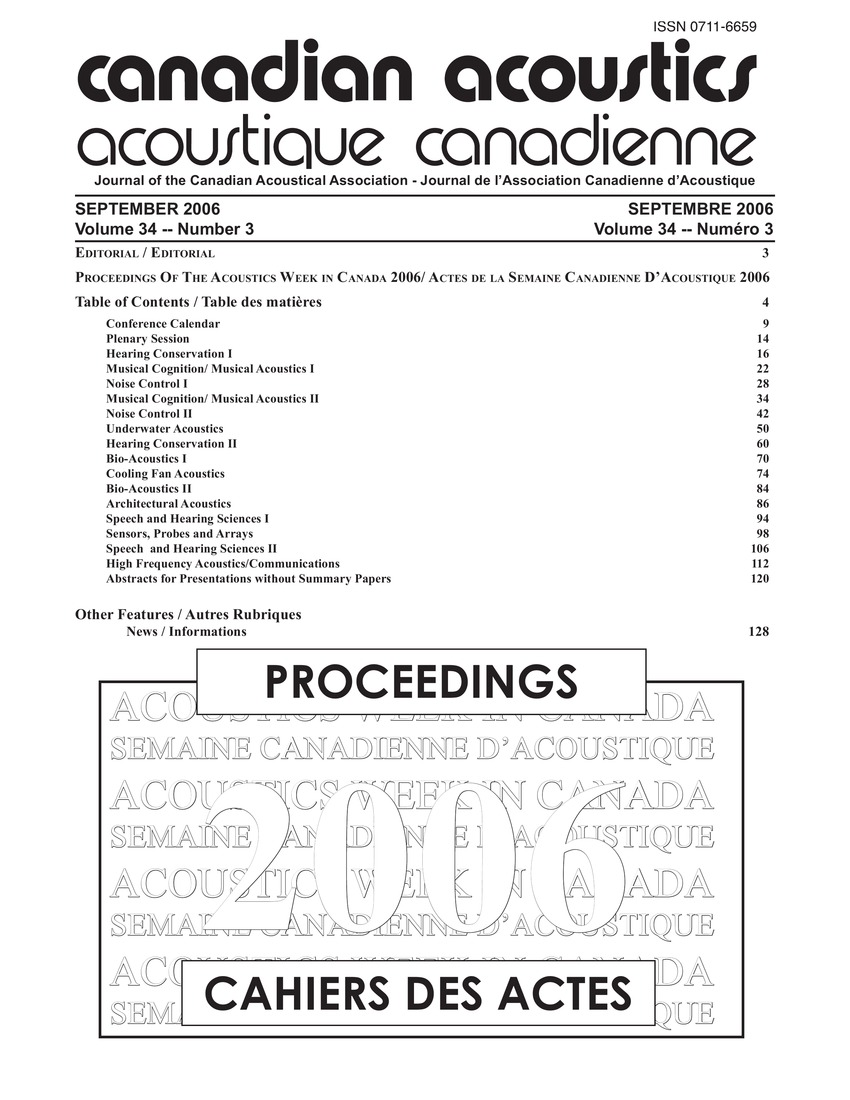An initial exploration of parallelism in music: Equi-temporal three-tone diatonic sequences
Keywords:
Acoustics, Signal encoding, Cluster analysis, Pitch-pattern parallelism, Root mean squareAbstract
The perception of the parallelism in music, which is considered to be crucial to the understanding and expression of affect in music is discussed. The perception in parallelism in two sequences can be divided into pitch-pattern parallelism that is based on the pitch-height of the contour, and time-pattern parallelism based on the timing of events such as onsets, offsets, and durations. A focus on the corresponding changes between the adjacent notes or the actual pitches is necessary to access the parallelism. Sequences are encoded as intervals and then the two sequences are compared interval-by-interval to quantify the parallelism. The several approaches include the sum of the differences between intervals (DifInt), the absolute value of differences between intervals (MADInt), and the root mean square of the differences between intervals (RMSInt). Cluster analysis has indicated that there are minimal effects of training or experience with music.Additional Files
Published
How to Cite
Issue
Section
License
Author Licensing Addendum
This Licensing Addendum ("Addendum") is entered into between the undersigned Author(s) and Canadian Acoustics journal published by the Canadian Acoustical Association (hereinafter referred to as the "Publisher"). The Author(s) and the Publisher agree as follows:
-
Retained Rights: The Author(s) retain(s) the following rights:
- The right to reproduce, distribute, and publicly display the Work on the Author's personal website or the website of the Author's institution.
- The right to use the Work in the Author's teaching activities and presentations.
- The right to include the Work in a compilation for the Author's personal use, not for sale.
-
Grant of License: The Author(s) grant(s) to the Publisher a worldwide exclusive license to publish, reproduce, distribute, and display the Work in Canadian Acoustics and any other formats and media deemed appropriate by the Publisher.
-
Attribution: The Publisher agrees to include proper attribution to the Author(s) in all publications and reproductions of the Work.
-
No Conflict: This Addendum is intended to be in harmony with, and not in conflict with, the terms and conditions of the original agreement entered into between the Author(s) and the Publisher.
-
Copyright Clause: Copyright on articles is held by the Author(s). The corresponding Author has the right to grant on behalf of all Authors and does grant on behalf of all Authors, a worldwide exclusive license to the Publisher and its licensees in perpetuity, in all forms, formats, and media (whether known now or created in the future), including but not limited to the rights to publish, reproduce, distribute, display, store, translate, create adaptations, reprints, include within collections, and create summaries, extracts, and/or abstracts of the Contribution.


